全站搜索
Search the entire website
Search the entire website
River stone is a kind of natural stone. It is mainly from the mountain which is raised from ancient riverbed because of the earth’s crust movement million years ago.
With strict restrictions on natural sand excavation and the rapid growth of infrastructure construction over the world, it can be expected that there will be a tremendous market to produce manufactured sand, and river stone is an excellent source.
Crushing it is very difficult work. This is because river stone is often very hard. It also has a lot of sharp sand inside it (silica). This makes it rub hard against machine parts. It wears them out very fast. My job at ZONEDING MACHINE is about helping people crush rock. River stone is one of the hardest rocks we deal with because it causes so much wear. Setting up a river stone crushing plant needs careful planning. You need the right machines. You need a process that works well with this tough stone.
Here are very common river stone crushing plants for reference. They have been proven by practice in lots of quarries. And they have the advantages as follows:
River stone is different from rock dug from a mine. It is often very hard. It has been rolled in rivers for a long time. This makes it smooth and round. It also means softer parts have been washed away. The stone left is strong. River stone usually has a lot of hard minerals like quartz inside. Quartz has a lot of silica. Silica is like tiny glass pieces. When you break the stone, these sharp pieces rub hard against the metal parts in the crushers. This rubbing action wears the metal down very quickly. It is like using sandpaper, but much stronger. This is why handling river stone causes very high wear on machines.
Also, the round shape of river stone makes it tricky to crush. Machines like or Cone Crusher use jaws or liners to squeeze the rock. With river stone, the smooth, round shape can make it slip. It does not get “bitten” easily by the crusher jaws or liners. This slipping reduces how much rock the crusher breaks in one go. It also causes more rubbing as the stone slides against the metal. This extra rubbing increases wear. So, the hardness, the high silica content, and the round shape all work together. They make crushing river stone one of the hardest jobs for crushing machines. You need machines designed to handle this mix of problems. You need parts that can stand up to the extreme wear.
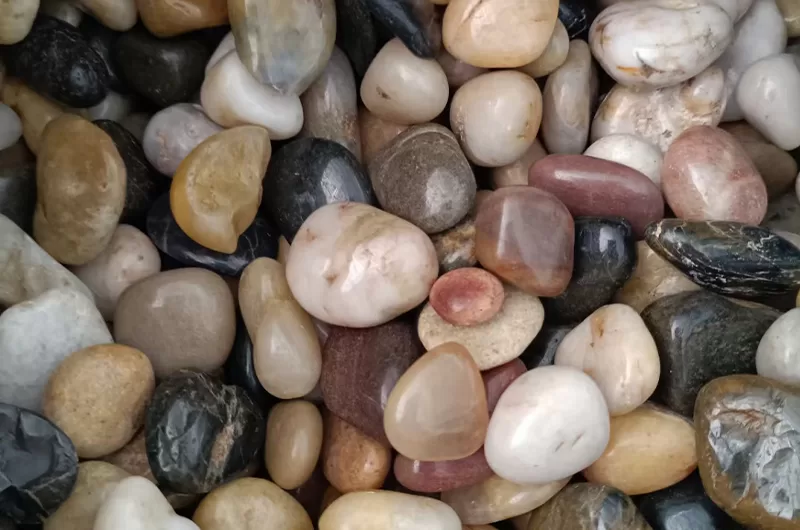
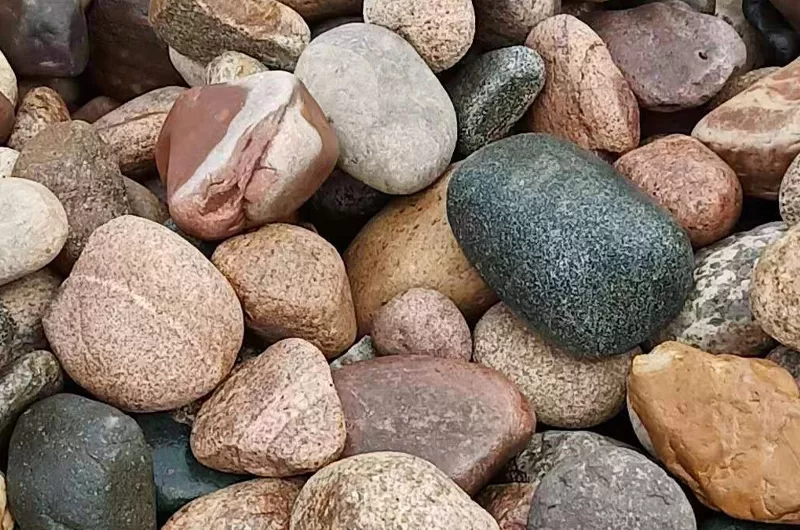
Choosing the right crushers for river stone is critical. The high wear means you need machines known for being tough and efficient for this type of material. For the first step, breaking the largest river stones, a Jaw Crusher is often used. You need a heavy-duty jaw crusher. It must have strong jaws that can handle the hard, round stone. Look for jaw plates with designs that help grip the rock. After the jaw crusher, you need a second crusher. A Cone Crusher is a good choice for river stone. Cone crushers use squeezing (layer crushing). This method is often better than hitting the rock hard when dealing with very abrasive stone like river stone. Layer crushing makes the rock break itself using forces inside the stone. This reduces direct metal-on-rock rubbing.
If you need to make smaller sizes or good shaped stone, you will need more crushers. For making sand or making the stone more cubical (square-shaped), a VSI Sand Making Machine is often used. A VSI crusher throws rock at high speed. The rock breaks when it hits other rock or parts. A VSI makes good shaped stone, which is important for high-quality concrete or asphalt. But VSI crushers can have very high wear part costs, especially with abrasive river stone. You need a VSI made for hard, abrasive rock. It should use strong materials for the rotor and liners. Sometimes, a careful plan uses a Cone Crusher to break the stone small first, and then a VSI just for shaping the final product. This can help manage VSI wear. The right mix of crushers saves you money on wear parts and electricity.
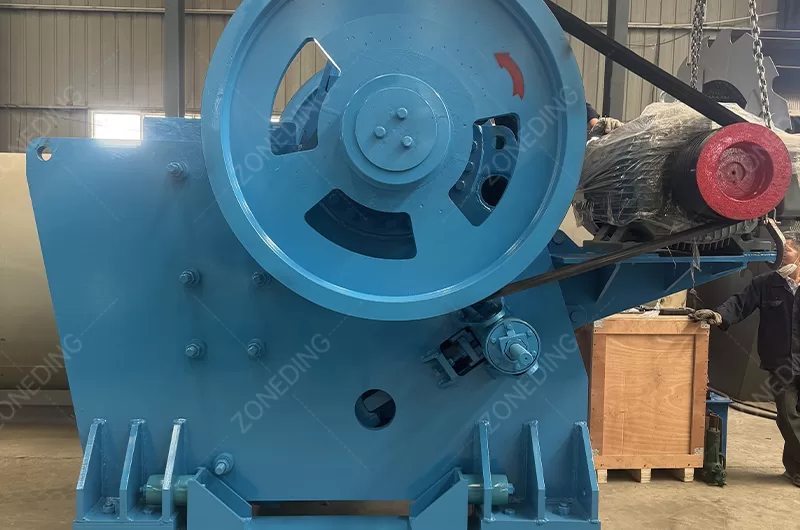
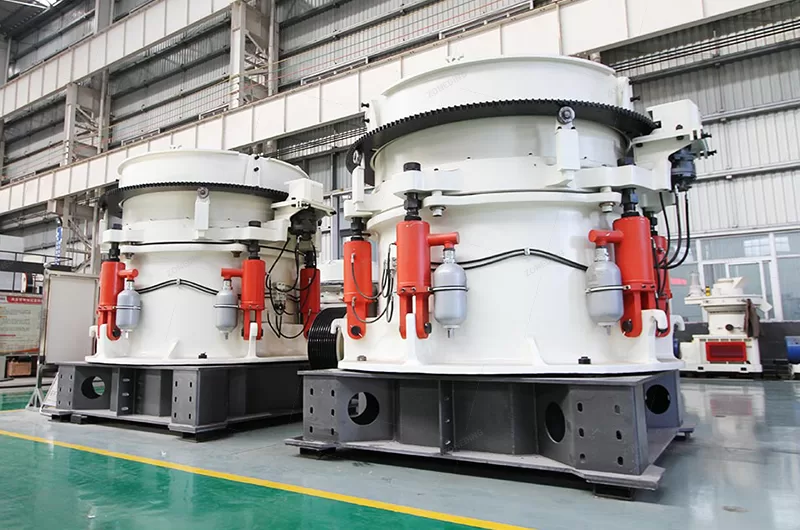
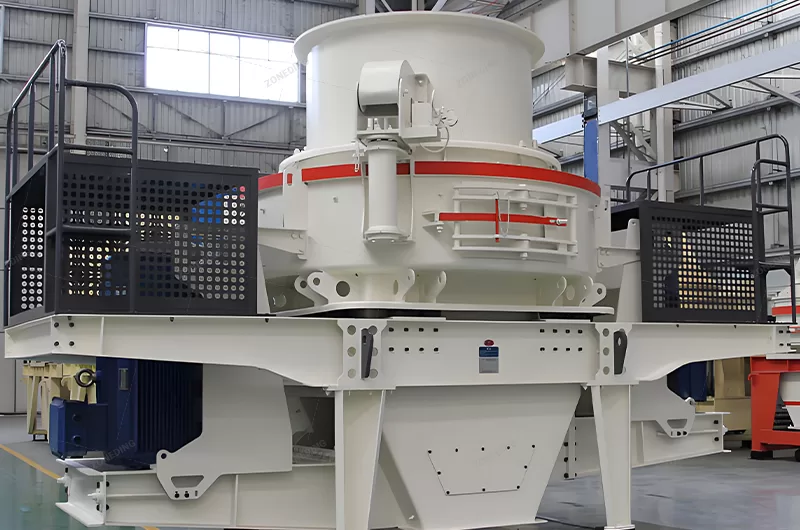
Building a river stone crushing plant is like building a factory for stone. You need a smart plan. The goal is to get the stone you need (right size, right shape) with the lowest cost. For river stone, the plan must focus on fighting wear and making good quality stone. First, you need to know your raw river stone. How big are the stones you start with? How hard are they? How much silica is in them? You need to test this rock. A good company will test your rock sample. This test tells them what machines will work best and how fast parts might wear out.
Next, you need to know how much crushed stone you need to make each hour. You also need to know the exact sizes and shapes of stone you want to sell. Building stone for roads needs different sizes than sand for concrete. Based on your rock tests, your output needs, and your final products, the right machines are chosen. For river stone, it is very important to screen the rock well at each step. Vibrating Screen sort the rock by size. Sending stone that is already small enough back into a crusher wastes energy and causes extra wear. Use efficient screens to take out the finished sizes as early as possible in the process. This is called “closed-circuit” crushing with good screening. It is very important for reducing wear and making the plant work efficiently when crushing river stone. Plan the flow of rock between machines to be smooth. Use conveyors that are strong and sized correctly. Plan for space to change wear parts and fix machines easily.
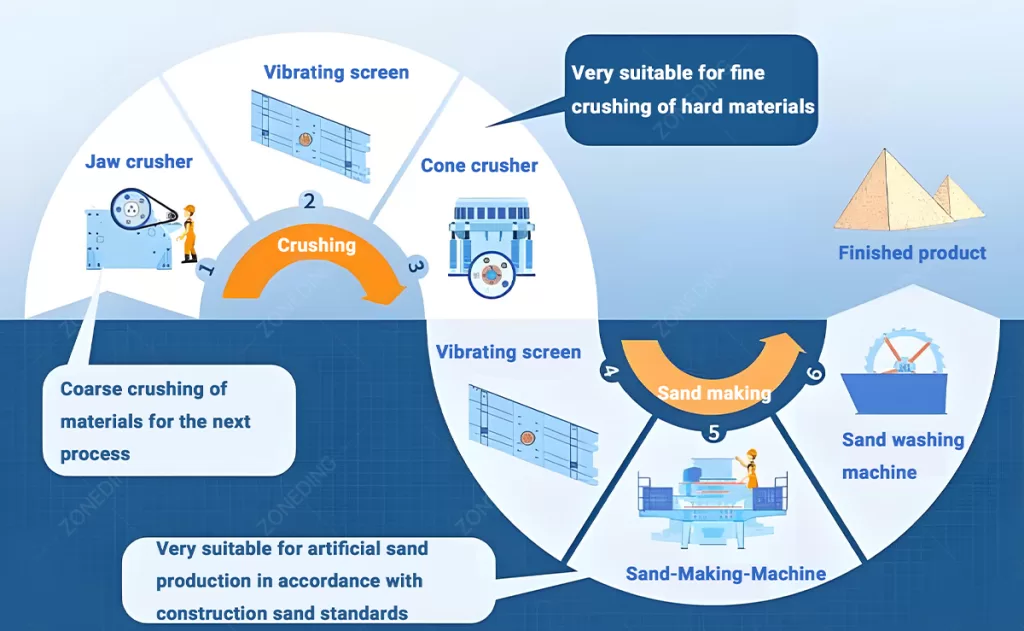
Wear part cost is the biggest cost for a river stone crushing plant. The wear happens because the river stone is hard and has a lot of silica. You buy new parts often: jaw plates for the Jaw Crusher, liners for the Cone Crusher, parts for the VSI Sand Making Machine, and screen meshes for the Vibrating Screen. These parts wear out and you have to buy new ones. This costs a lot of money over the life of the plant. You cannot stop wear, but you can make it slower. Using better materials for wear parts is the main way. Parts made of special kinds of steel, like high manganese steel or special alloys, last longer. These parts cost more to buy at first. But they can process many more tons of river stone before they wear out. This means you buy fewer parts over time.
Also, changing wear parts takes time. When you change parts, your plant stops making stone. This loss of production time costs you money. If wear parts last longer, you stop the plant less often to change them. This saves you money on labor and makes your plant more productive. You need to think about the cost per ton of crushed rock. This is the total cost of the wear parts divided by how many tons of rock they processed before they were changed. Aim to lower this cost per ton. Using high-quality, long-lasting wear parts is a key step. Also, using the right crushing method (like more layer crushing with a Cone Crusher and less hard impact where possible) helps reduce wear. Good maintenance also helps wear parts last as long as they should.
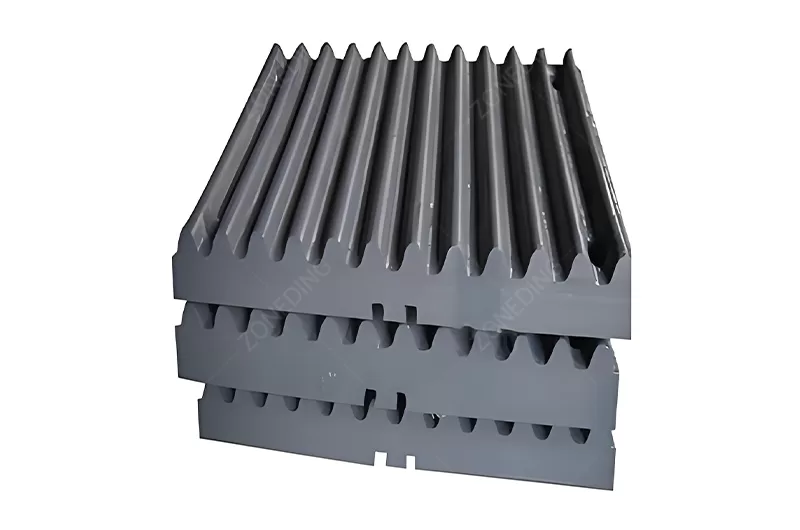
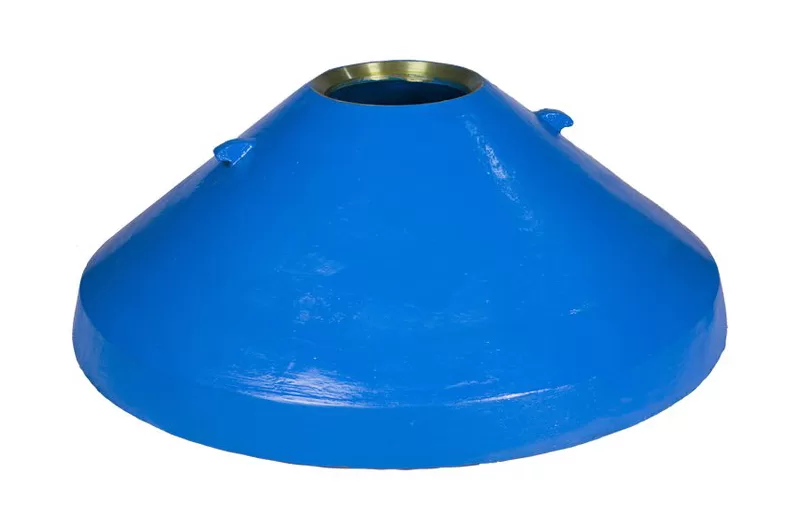
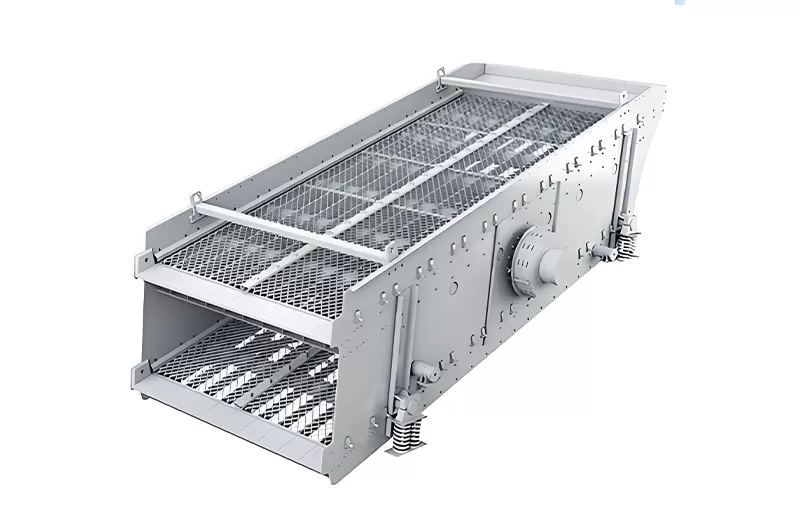
Because river stone is so hard and abrasive, not just the wear parts on the inside matter. The main parts of the machines must also be very strong. The “heart” of a Cone Crusher is its main shaft and bearings. This shaft holds the crushing cone. It must take huge forces and shaking when breaking hard rock. For river stone, the main shaft and bearings need to be built very strong and from high-quality materials. They need to be made with great care so they work smoothly for many years. If these main parts are not strong enough, they can break. Fixing them is very expensive and takes a very long time.
When you choose a crusher for river stone, ask about the quality of its main parts. Ask the company how they build their main shafts and what kind of bearings they use. Ask about the strength of the machine frame (the body of the crusher). It must handle the constant shaking and force. Look for machines that feel heavy and strongly built. Special coatings or designs on internal surfaces can also help reduce wear in places where rock slides or builds up. Even the material and design of Vibrating Screen meshes matter a lot. Screens for river stone need to be very wear-resistant. They also need to be designed so small pieces do not get stuck in the holes. Good screening mesh material lasts longer and keeps the screen working well. Investing in machines with strong main parts and good quality screens pays off over many years. It means fewer big breakdowns and more time making rock.
Many people crush river stone to make sand (called manufactured sand or “m-sand”). Sand from river stone is often very good quality for building. It is strong. But making sand from river stone the right way needs care. Just breaking the stone small is not enough. The sand must have the right mix of sizes (called gradation). It should have good shaped grains (more cubical, less flat or long). It should not have too much very fine dust (fines). To make high-quality river stone sand, you usually need a VSI Sand Making Machine at the end of the process. The VSI is good at making sand with a nice, cubical shape.
Before the VSI, it is important to screen the stone carefully. Only send stone of a specific size range into the VSI. Sending stone that is too big or too small into the VSI makes it work badly. It can make too much dust or sand that is not the right size mix. Inside the VSI, the speed it spins and the type of setup (rock-on-rock or rock-on-metal) change the sand quality and wear. You must get these settings right for your river stone. Controlling the fine dust is also key for good sand. River stone crushing makes a lot of fine dust. Too much dust in the final sand product is bad for concrete or asphalt quality. You might need dust collectors or use water washing with a Sand Washing Machine to clean the sand and remove fine dust. Making high-quality river stone sand needs the right machines, the right setup, and good control of dust.
Making a river stone crushing plant work its very best means looking at the whole process. It’s not just about the crushers. You want to make as much good stone as possible with the lowest cost for wear parts and electricity. Reviewing and improving your plant’s process flow can save you money and make more stone. Look at how the rock moves between machines. Are there places where rock gets stuck? Are the chutes steep enough? Using conveyors that match the plant’s speed helps keep the flow steady.
As discussed before, screening is super important for river stone. Make sure your screens are working correctly. Check the screen meshes often. Change them when they wear out. If screens do not work well, small stone goes back into the crusher, causing extra wear. Using screens with self-cleaning features can help if your river stone is sometimes wet or has sticky material. Pay attention to conveyors too. They carry the abrasive stone all day. Use belts and rollers made for hard wear. Design how rock drops onto belts to reduce impact wear on the belt. Automation systems can also help improve performance. Sensors can watch how much rock is in crushers and on conveyors. Computers can control the speed of feeders automatically. This keeps the crushers working full, but not too full. This steady feeding helps reduce wear and makes the plant work at its best speed. These small improvements in the process and operations can add up to big savings and more stone made over time.
Picking the right company to buy your machines from is critical for a river stone project. River stone is a difficult material. Not every machine company knows how to handle it well. You need a supplier who has experience with river stone crushing plants. Ask them about projects they have done with river stone. Can they show you examples? Can you talk to their past clients who crush river stone? A good company will want to understand your specific river stone. They will ask many questions about your rock’s size, hardness, and silica content.
They should also ask about your project needs: how much stone you need to make, what sizes you want, where your plant will be. A very important test they should do is test your river stone sample. Testing your rock helps them choose the very best machines and wear parts for you. If a company does not test your rock sample, they are just guessing. This is not good for a difficult material like river stone. Ask about the strength and design of their machines. Are they built tough for hard, abrasive rock? Ask about their wear parts: what materials do they use, how long do they expect them to last on your river stone, and how much do they cost? Also, check their service after you buy. Do they help you put the plant together? Do they train your workers? Can you get spare parts easily and quickly? Do they help you fix problems? A good company gives you a full solution. They are your partner in the project, especially when dealing with tough rock like river stone. We at ZONEDING MACHINE have experience with river stone. We test your rock. We design and build strong machines for hard wear. We offer full support.
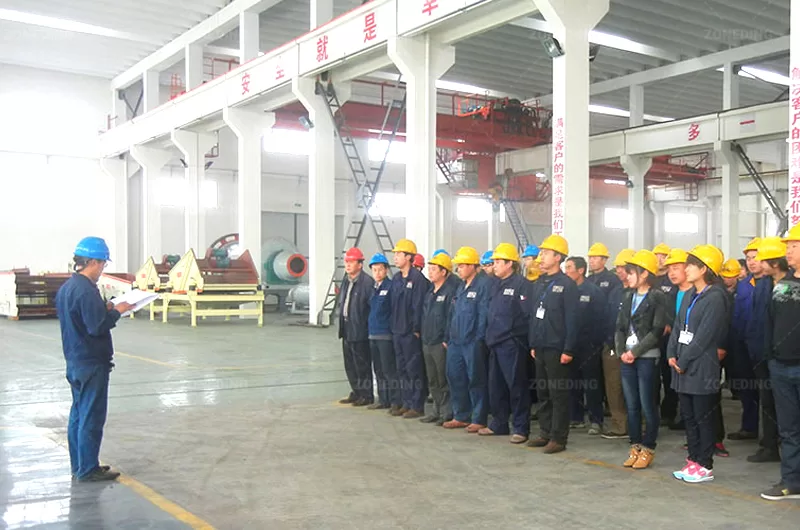
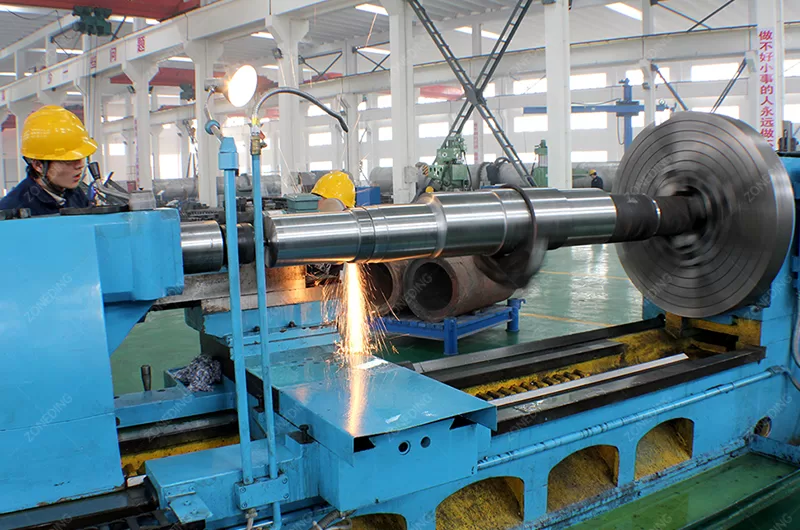
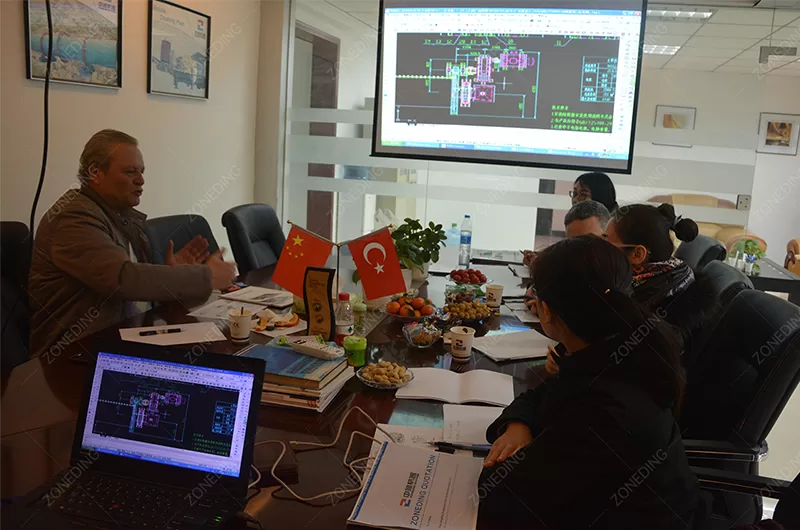
Running a river stone crushing plant must be done in a way that is good for the environment. Crushing stone, especially hard stone like river stone, makes dust. This dust can get into the air. It is not good for workers to breathe. It is not good for the area around the plant. River stone crushing can also be loud. Noise must be kept low. You must control dust and noise to follow government rules and be a good neighbor. Using water is a common way to control dust. You can spray water where the stone drops between machines, on conveyors, and on screens. This makes the dust heavy so it falls down. But use water wisely, too much can make fine material sticky.
Dust collector systems are very good at catching fine dust. These systems pull air through filters. They collect the dust, keeping the air clean. They are often used near the VSI crusher and fine screens where most dust is made. Putting covers on conveyors and machines can help keep dust inside the plant area. For noise, crushing machines are loud. Put covers around noisy parts of the plant. If the plant is near homes or businesses, maybe build walls or put the noisy machines inside buildings. Planning the plant layout to put noisy areas away from people helps. Managing water used for dust control is also important. Water with dust must be cleaned or settled so it does not harm rivers or land. Meeting environmental rules is a necessary part of running a river stone plant today. It keeps workers safe and protects the environment.
Q 1: Why does river stone wear out crushing machines so fast?
A: River stone is very hard. It also contains high levels of sharp silica particles. Its round shape makes it slip inside crushers. This mix of hardness, silica, and slipping causes strong rubbing. This rubbing action quickly wears down the metal parts inside machines like Jaw Crusher and Cone Crusher.
Q 2: What types of crushers work best for crushing hard river stone?
A: For river stone, a strong Jaw Crusher is usually the first machine. After that, a Cone Crusher is good because it reduces wear compared to impact types. If you need to make sand or good shaped stone, a VSI Sand Making Machine is used, but you need careful wear management.
Q 3: How can I lower the high cost of wear parts when crushing river stone?
A: You must use wear parts made from very strong, special metals designed for hard rock. These cost more at first but last longer. Also, make sure your screens (Vibrating Screen) work well. Screening out smaller stone early stops it from wearing out crushers unnecessarily.
Q 4: How do I make high-quality sand from river stone?
A: Use a VSI Sand Making Machine for the final step. It makes good shaped sand. Feed the VSI with stone that is the right size using a screen. Control fine dust using water or a dust collector. Sometimes a Sand Washing Machine helps clean the sand.
Q 5: Is screening really that important in a river stone crushing plant?
A: Yes, very important. Screening with Vibrating Screen takes out stone that is already small enough. This stops it from going back into the crusher. It reduces wear on your crushers and saves electricity. Good screening means less cost and better output.